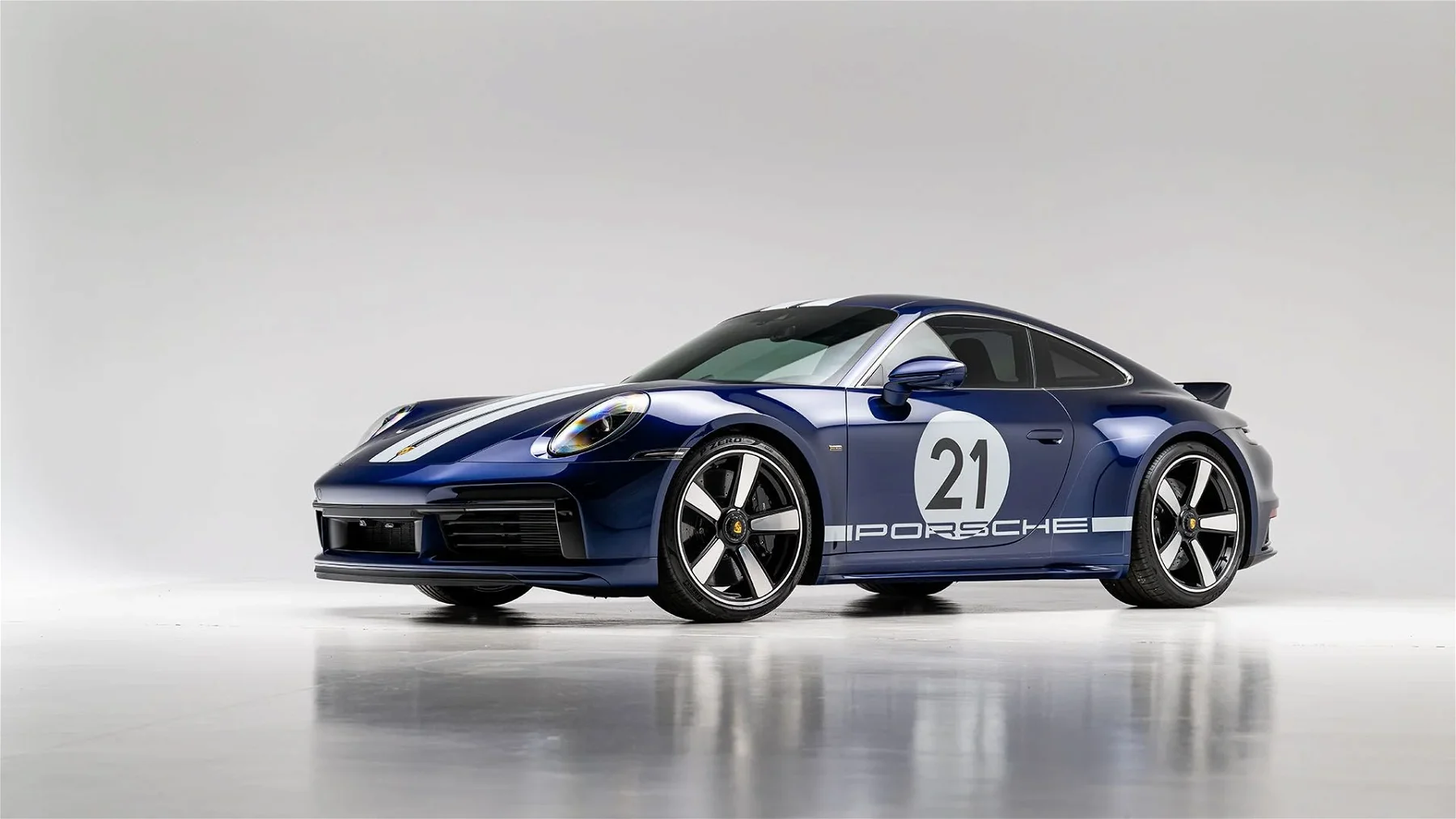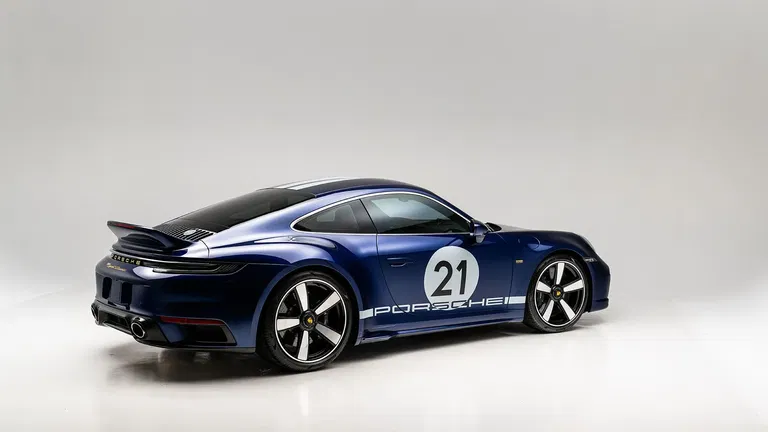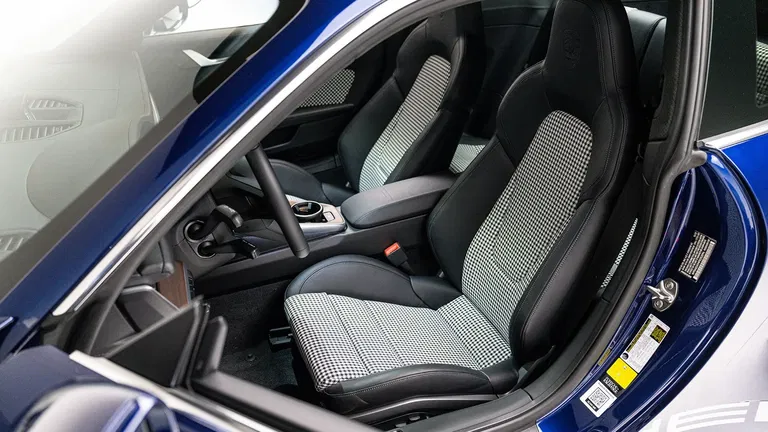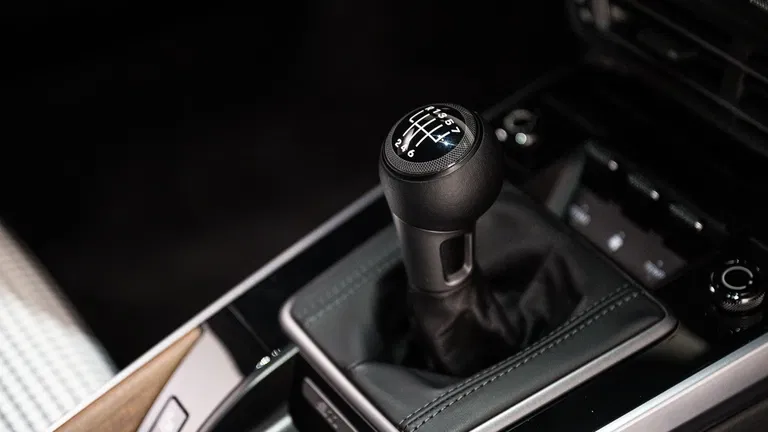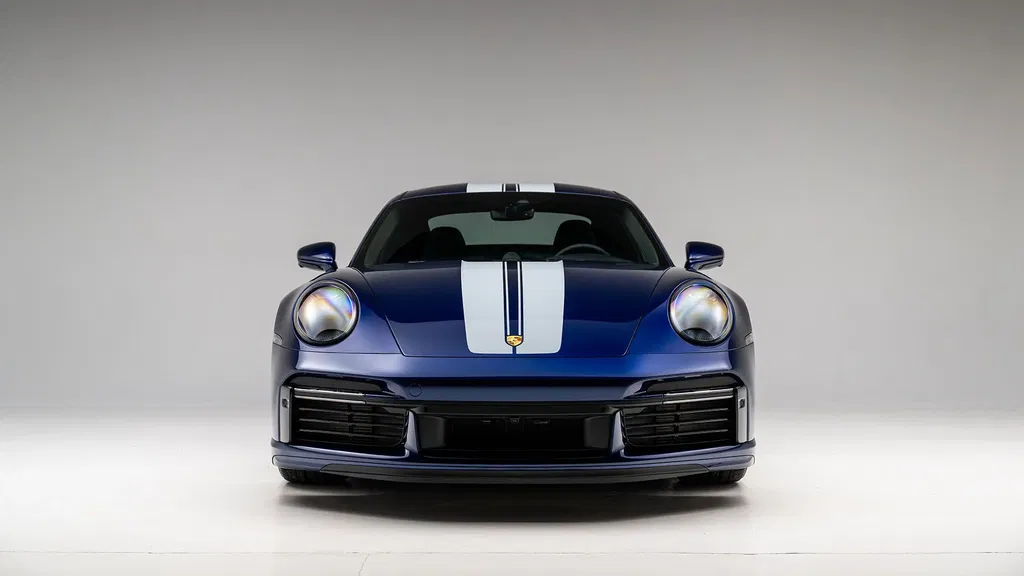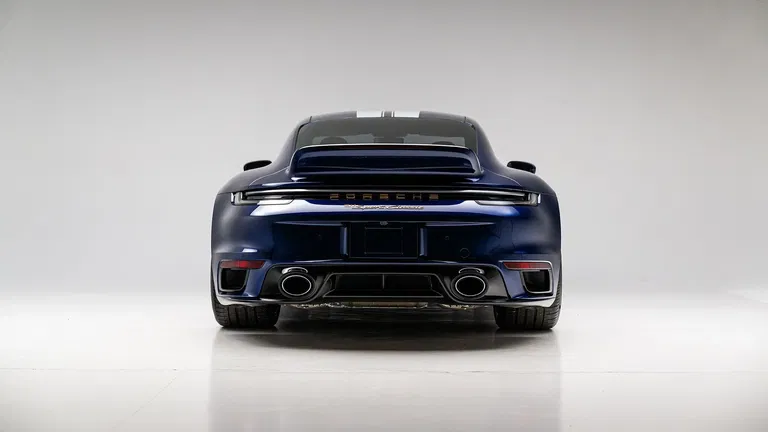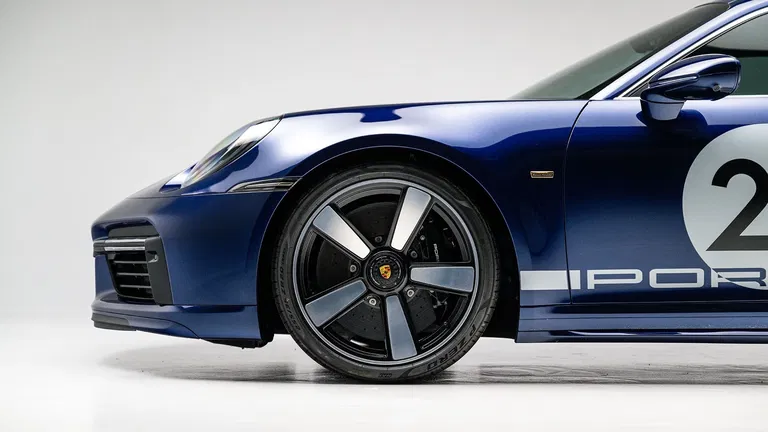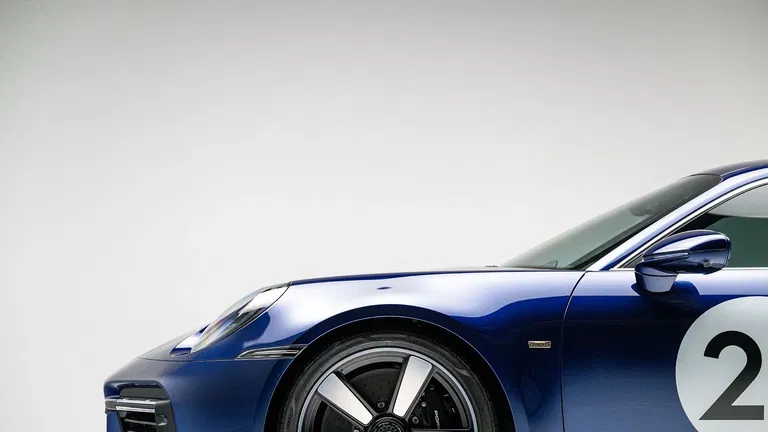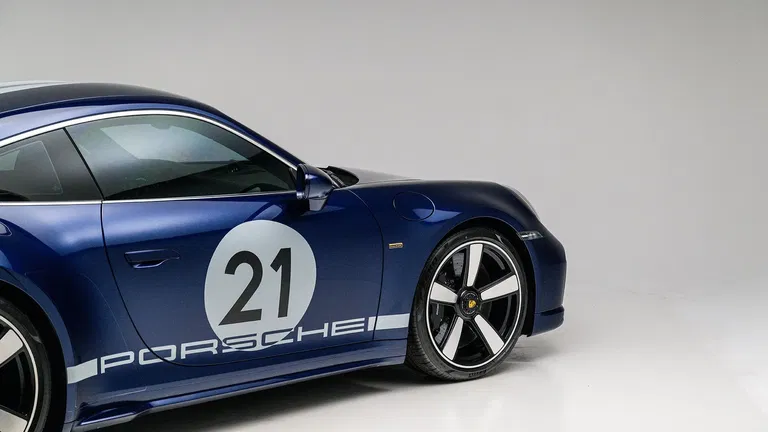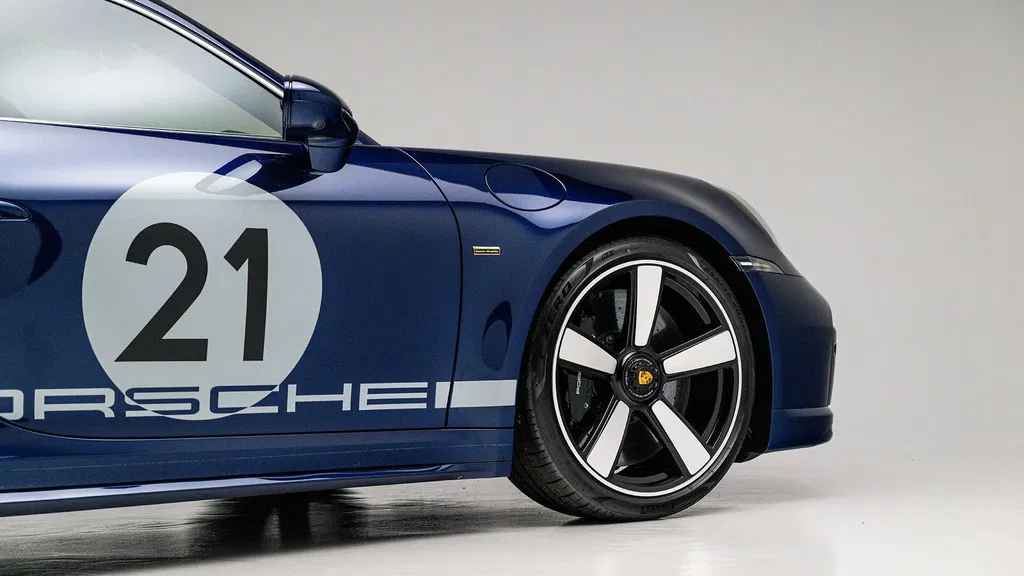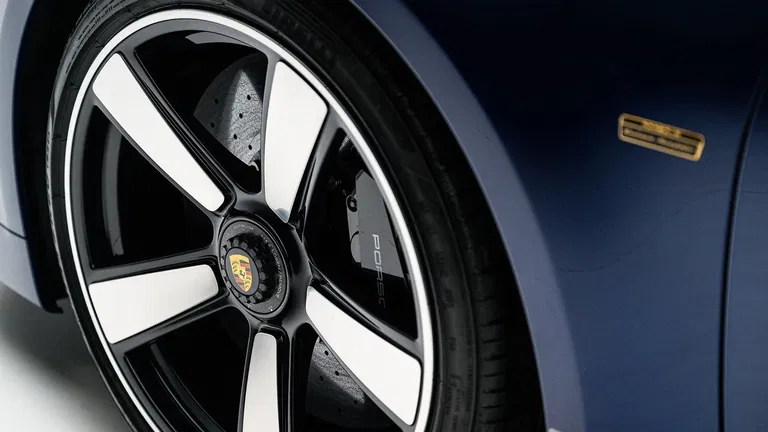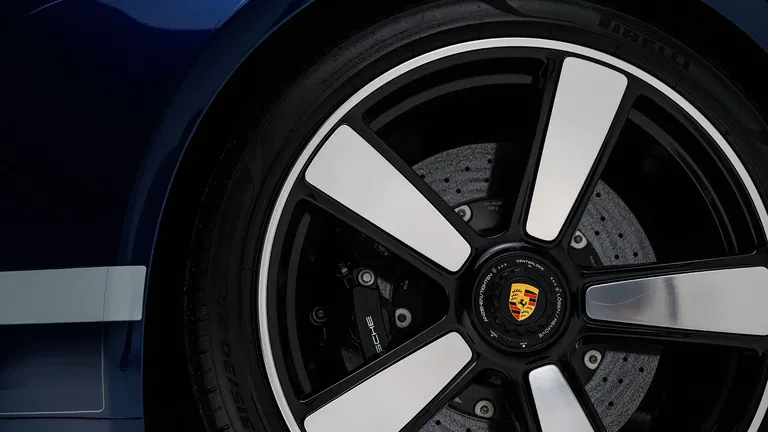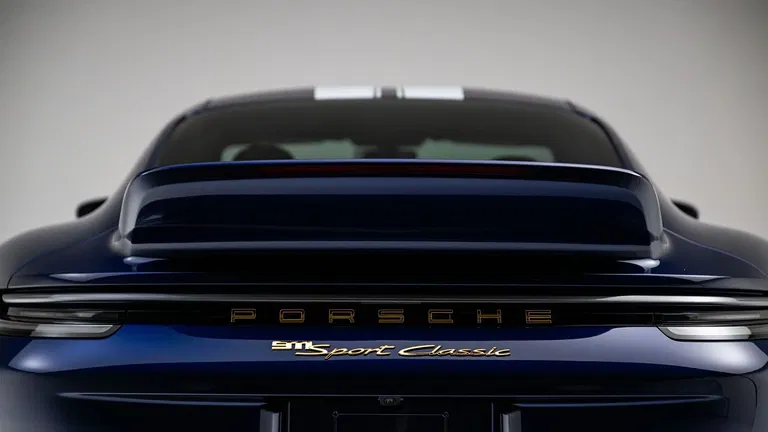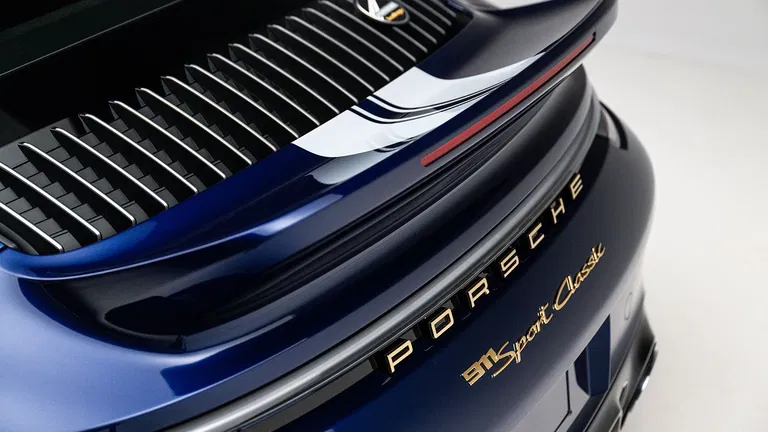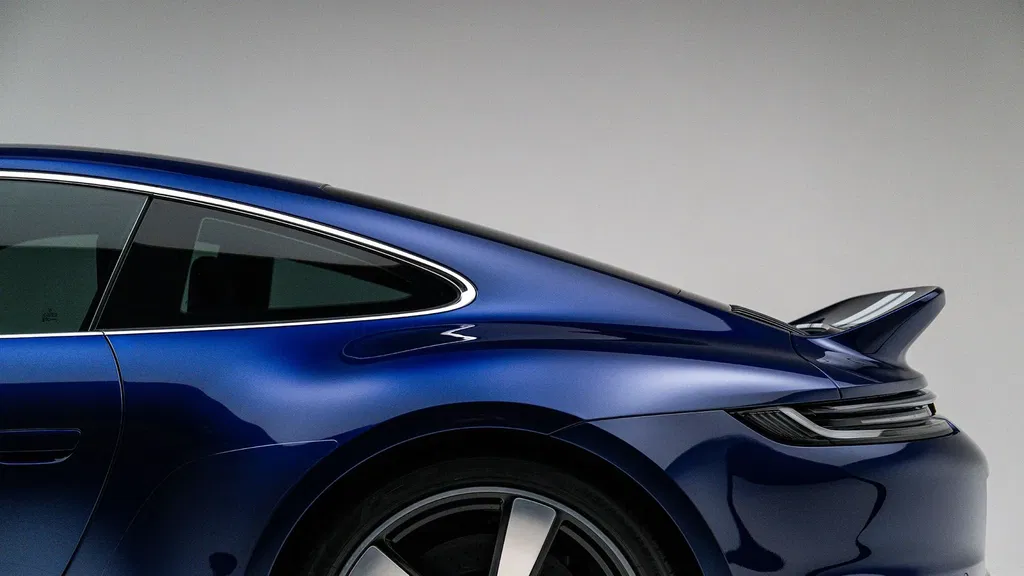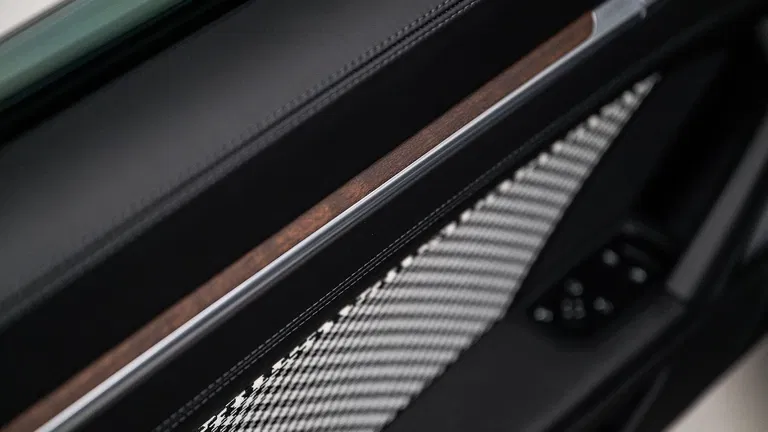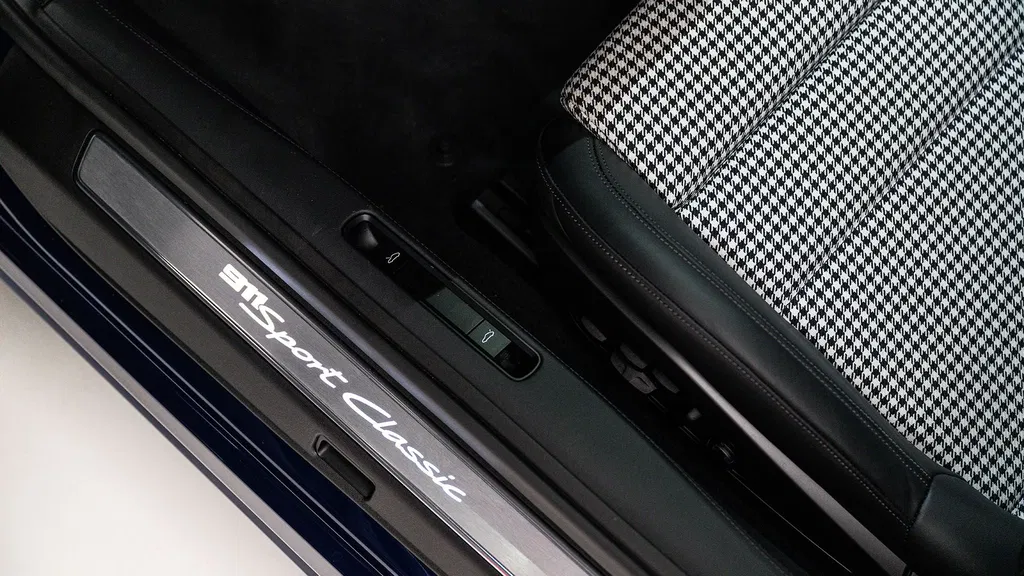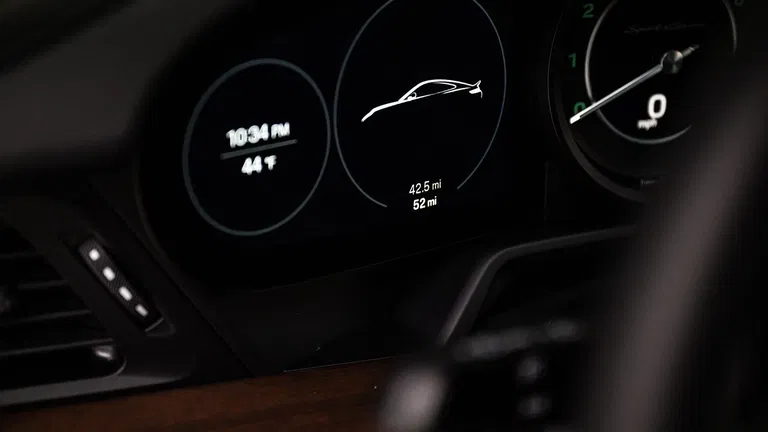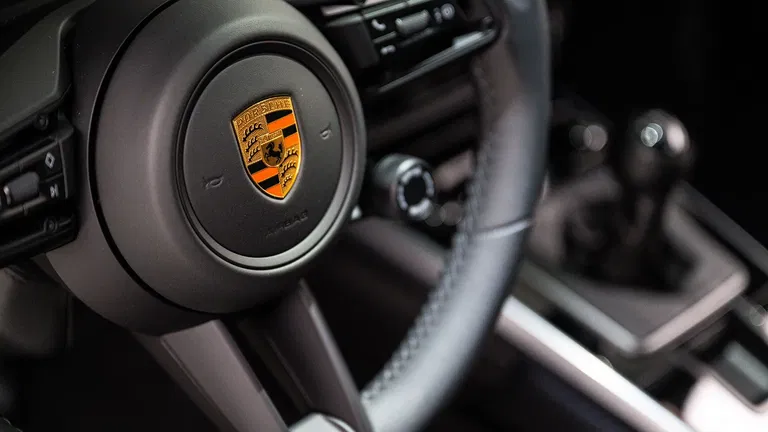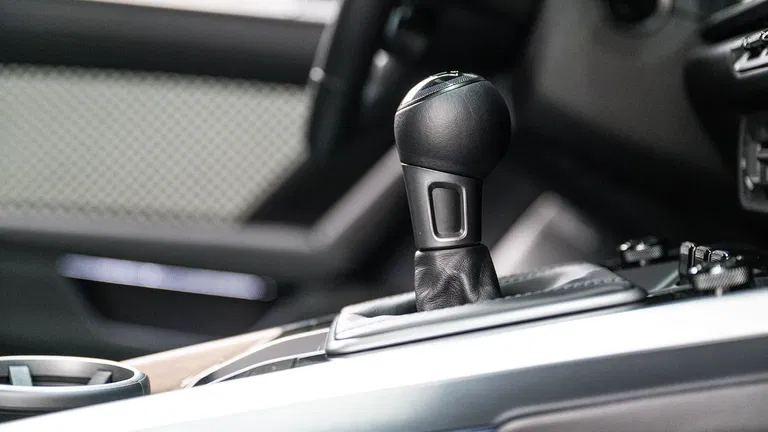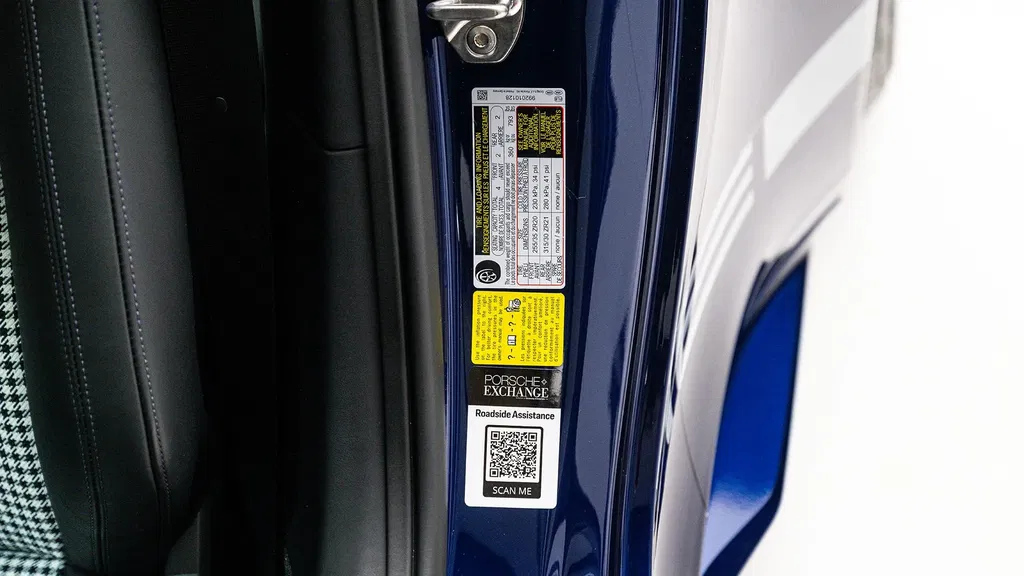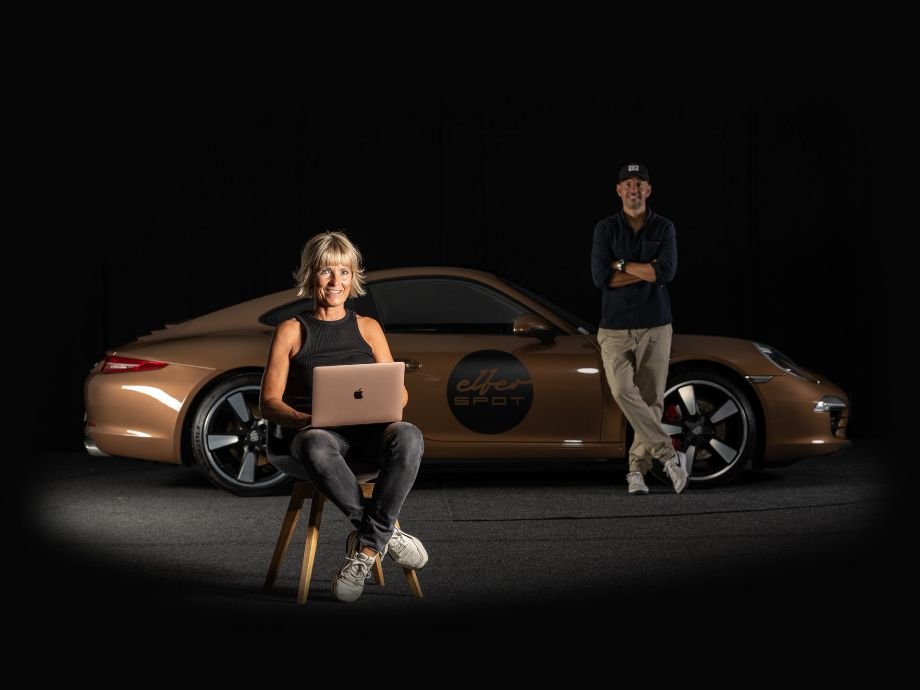First unveiled in 997-shape, 3.8-liter guise for 2010, the Porsche 911 Sport Classic was a limited-edition variant of the company’s incumbent Carrera S model, albeit one boasting an uprated 402 horsepower engine and aesthetics inspired by the immortal Carrera RS 2.7 of the early 1970s. By employing a six-speed manual transmission, rear-wheel drive and a fixed Carrera RS-style “ducktail” rear spoiler, the Sport Classic exhibited three cornerstones of Porsche design, yet the car seamlessly blended such apparent convention with cutting-edge technology including Ceramic Composite brakes, electrically adjustable dampers and a Stability Management system. Offering a superb driving experience, the cars were an immediate hit with drivers and collectors alike; their appeal to the latter enhanced by a total production run of just 250 cars from Porsche Exclusive Manufaktur.
After a hiatus of twelve years, Porsche announced the launch of a new 911 Sport Classic in April 2022. Constructed upon the still-current 992 platform, the second-generation variant further refined the concept of its predecessor, this time utilizing the Turbo model as its basis. The new-shape Sport Classic retained the Turbo’s 3.7-liter twin-turbocharged engine–to which a seven-speed manual transmission was coupled–but employed only rear-wheel drive, rather than the four-wheel drive system of the base car. This decision necessitated a modest reduction in both peak power and torque to 542 horsepower and 443 lb-ft respectively, in order to avoid overstressing the transmission and rear driveshafts. However, in dispensing with the four-wheel drive system a weight saving of 200 pounds was achieved; a move which afforded the Sport Classic a power-to-weight ratio superior even to that of the Turbo.
Predictably, such a potent powertrain necessitated the employment of appropriately robust systems and components elsewhere; rear-wheel steering, adaptive dampers, Porsche Carbon Ceramic Composite brakes, and active anti-roll bars–all borrowed from the Turbo S–being several cases in point. Furthermore, the fitment of Porsche’s Dynamic Chassis Control and Active Suspension Management systems ensured that the car’s formidable performance capability could be explored in relative safety and comfort, while simultaneously maximizing driver enjoyment and communication.
In customary Porsche fashion, no less attention was paid to the Sport Classic’s aesthetic and ergonomic design. The car retained the same “widebody” dimensions as the Turbo; its chassis now adorned with a carbon fiber hood, Carrera GT and first-generation Sport Classic-inspired “double bubble” roof and ducktail rear spoiler. If the latter appendage once again drew inspiration from the Carrera RS, then so too did the eye-catching five spoke center-lock wheels, 20 inch in diameter at the front and a mammoth 21 at the rear, which echoed the RS’s Fuchs-manufactured counterparts from the 1970s.
Internally, the Sport Classic’s cabin represented arguably the most sumptuous and carefully-crafted 911 interior to date. The combination of leather seat cushions and evocative houndstooth fabric inserts echoed 911s of a bygone era, while wooden dash inserts and green dash instrument backlighting further cemented this pleasingly familiar feel. Almost inevitably, the Sport Classic drew virtually universal praise for its near-perfect driving position; a Porsche hallmark fine-tuned during the course of an exhaustive 750,000 mile development phase.
In performance terms, the Sport Classic’s zero to 60 and top speed figures of 4.1 seconds and 196 miles per hour respectively were highly impressive rather than other-worldly, but it was the car’s mid-range and high gear performance which truly set it apart. Remarkably, its seven-speed transmission enabled 70 mph to be maintained in top gear at just 1,800 rpm, whereas the production of maximum torque at the outrageously low engine speed of only 2,000 rpm ensured that mid-range speed could be gathered at a truly bewildering rate. Furthermore, a superbly compliant chassis, excellent roadholding and almost 550 horsepower feeding exclusively through the rear wheels gave the car a unique character not always experienced in certain other 992 variants.
Just 1,250 992-generation 911 Sport Classics were slated for production, of which the exact number imported into the United States remains unknown. However, this magnificent example was one such car, duly delivered in mid-2023 to Highland Park, Illinois-based dealership The Porsche Exchange. Finished in the distinguished color scheme of Gentian Blue Metallic with Black Heritage Design interior, it boasted a generous specification including Lane Change Assist technology, a Surround View camera, lightweight and noise insulated glass, power folding door mirrors, ambient lighting and a Burmester Surround Sound System; the latter a near $4,000 option alone. Acquired by the consignor in 2023, it has been carefully stored but little used ever since; its odometer reading just 52 miles as at the time of cataloging.
Offering an irresistible blend of spectacular yet accessible performance, exquisite levels of finish, limited build numbers and that unique Porsche heritage, the Sport Classic assuredly represents one of the most accomplished Porsche–and, indeed, GT class–“all-rounders” of recent times. In the case of this particular car, it is further distinguished by its minimal mileage, single ownership and exceptional condition, and as such would represent a stunning addition to any appropriately discerning collection.
